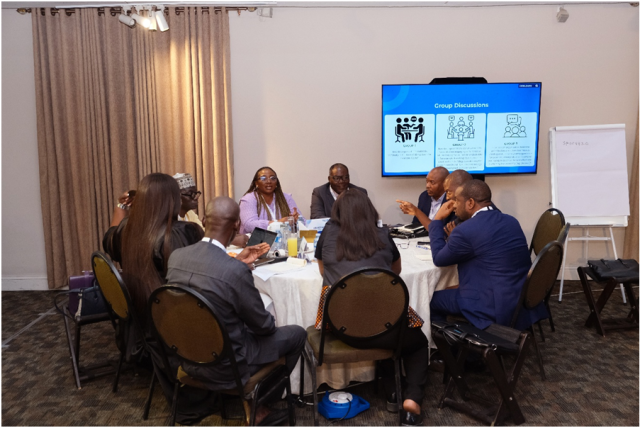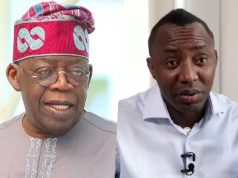Conventional executive education often leans on prestige, ivy‑clad campuses, grand auditoriums and case studies frozen in time. TEXEM’s Learning DNA rejects that nostalgia. It is built on three non‑negotiables: distinction, interaction and outcome. Distinction demands that each programme synthesise academic theory with practitioner realism; interaction ensures that learning is co‑created, not downloaded; outcome decrees that knowledge must translate into measurable transformation back at the office.
At the heart of this pedagogy is the Mosaic‑thinking methodology, a structured process that throws executives from seemingly disparate sectors into rapid‑cycle problem solving. Picture a regulator, an oil‑services CFO and a tech‑startup founder dissecting a hypothetical cyber‑ransom attack in real time.
They have sixty minutes to craft a response plan. The session is less about the perfect answer and more about expanding cognitive repertoire through clash of perspectives. Participants routinely describe it as mental CrossFit—exhausting yet addictive.
Another pillar is scenario‑based war rooms. Facilitators feed live market data, fake media headlines and evolving stakeholder demands into the simulation. Learners respond by forming ad‑hoc crisis committees, issuing communiqués and briefing a mock board populated by former non‑executive directors. The adrenaline replicates organisational chaos, allowing leaders to practise equanimity under fire in a psychologically safe environment.
Data from post‑programme assessments show a statistically significant uptick in participants’ decision‑confidence scores, correlating with improved crisis handling in their organisations.
Theory still matters, but only as fuel for application. The Leadership‑Triage model, inspired by complexity science, equips participants to diagnose whether an issue is tame, wicked or chaotic. This classification determines whether leaders should apply best practice, emergent practice or novel practice.
The framework demystifies leadership mystique, replacing vague intuition with actionable heuristics that frontline managers can replicate.
Accountability extends beyond graduation. Each learner enters a ninety‑day coaching window, where certified coaches track the implementation of commitments made during the programme. Live dashboards update progress on metrics such as stakeholder engagement, revenue diversification or cost‑avoidance. If a participant stalls, peer nudges and faculty interventions re‑ignite momentum. This post‑course scaffolding explains why TEXEM’s programmes maintain a ninety‑two‑percent completion‑to‑impact conversion rate, well above industry averages.
Finally, knowledge must evolve. TEXEM operates an internal case‑writing studio that produces proprietary cases on companies from Seoul to São Paulo, ensuring content relevance across economic cycles. Neuroscience modules unpack decision biases, behavioural‑economics insights reshape incentive structures, and narrative‑strategy workshops teach leaders to craft stories that mobilise teams. It is an ecosystem where every component is in deliberate service of strategic impact.







